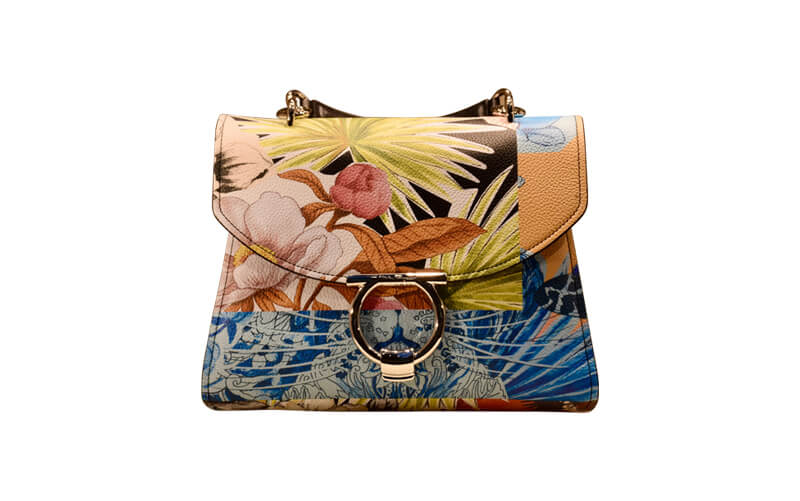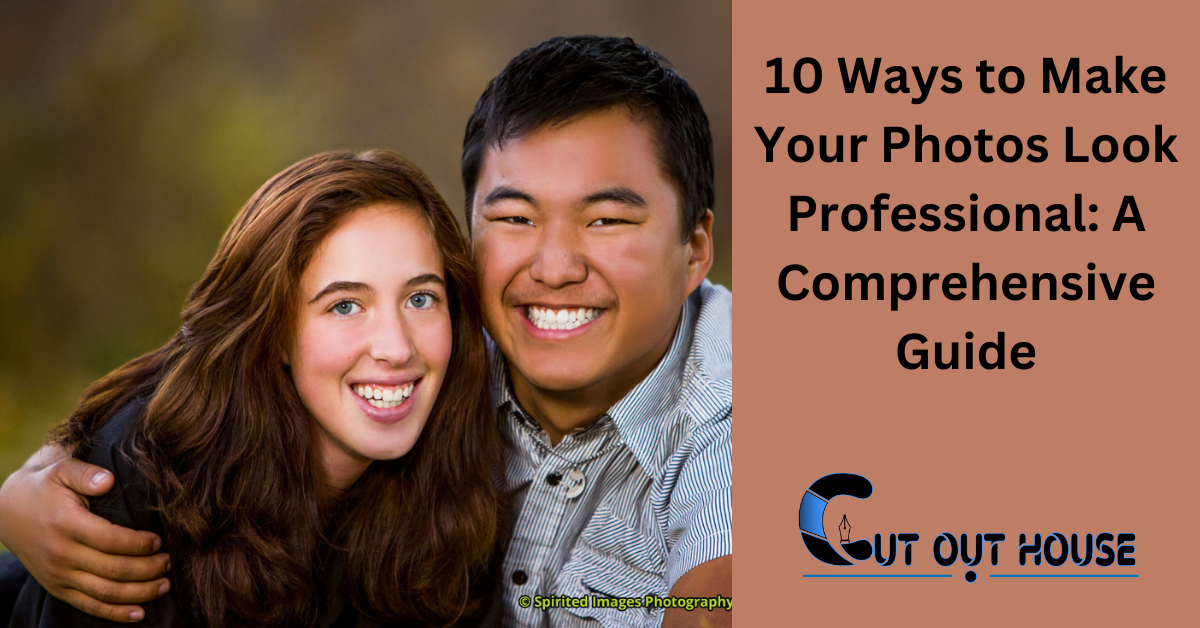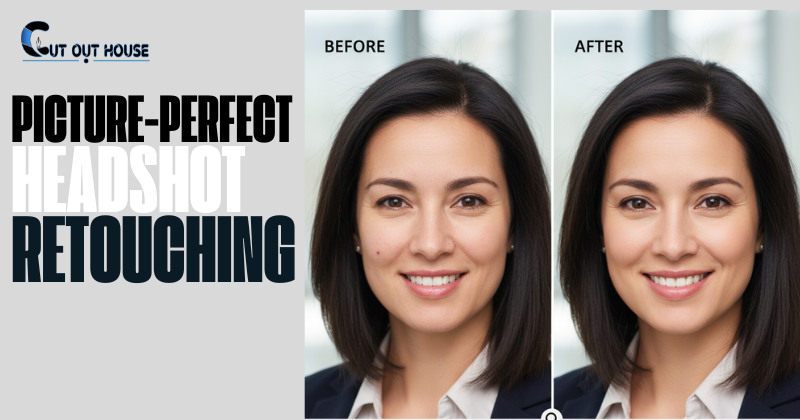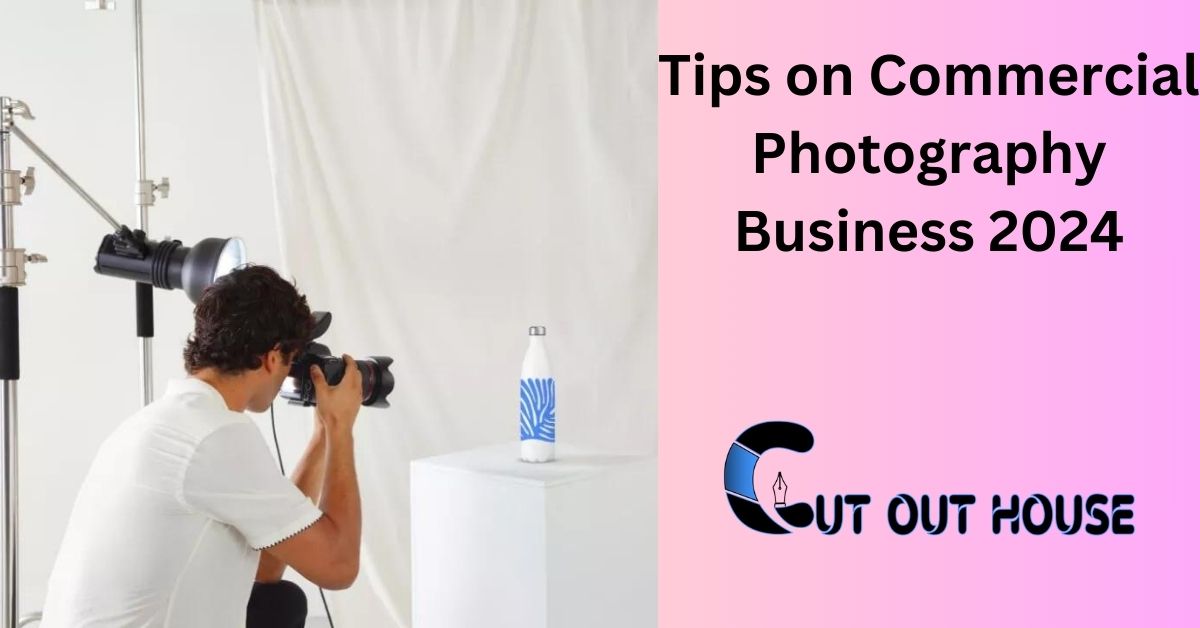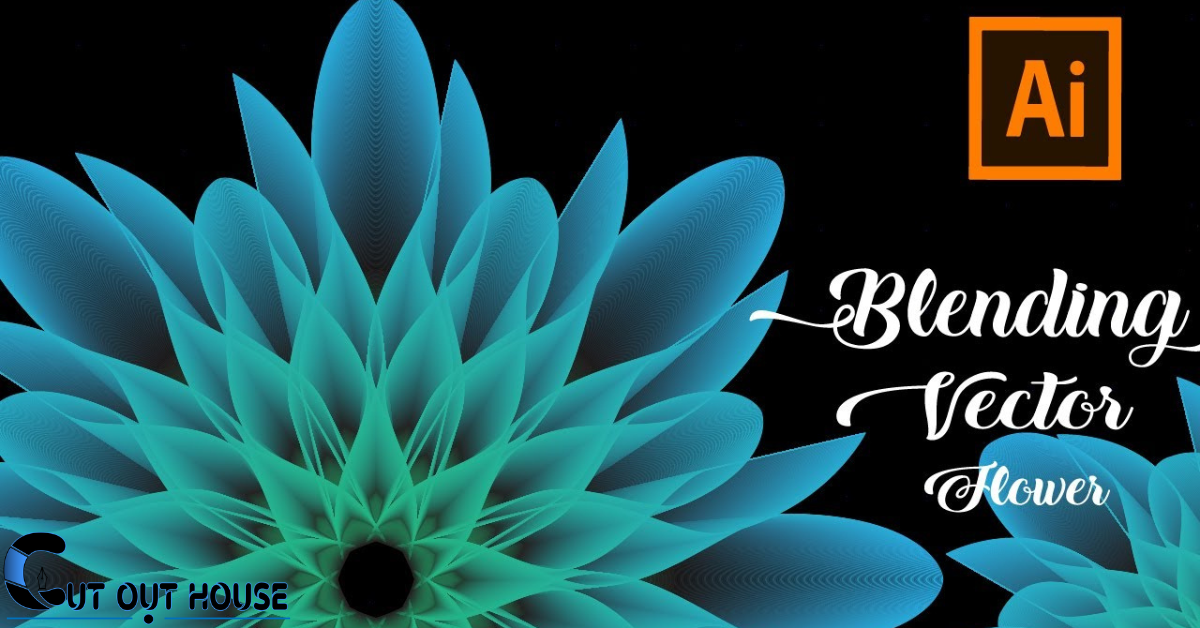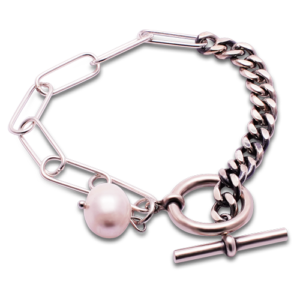Elevate your photography with these 10 essential tips to make your photos look professional. From lighting techniques to composition tricks, mastering these methods will enhance your photography skills significantly.
Whether you’re a beginner or a seasoned photographer, these strategies will help you achieve stunning and professional-looking photos that stand out. By implementing these proven techniques, you can take your photography to the next level and create images that truly captivate your audience.
So, let’s dive into these expert tips and start transforming your photos into professional masterpieces!
Mastering The Basics
Understanding the correct camera settings is essential for professional-looking photos. Pay attention to light and exposure to capture the perfect shot. Adjust the aperture, shutter speed, and ISO to achieve the desired effect.
Composition Techniques
Rule of Thirds: Placing key elements along the grid lines or at the intersections can create a balanced and visually appealing composition.
Using Leading Lines: Incorporating leading lines can guide the viewer’s eye through the image, adding depth and visual interest.
Depth and Layering: Creating depth by including foreground, middle ground, and background elements can add dimension to your photos.
Choosing The Right Equipment
Camera Selection: Consider the type of photography you’ll be doing and choose a camera that meets those needs.
Essential Lenses: Invest in a versatile lens that suits your photography style, such as a prime lens for portraits or a zoom lens for flexibility.
Tripods and Stabilization: Use a sturdy tripod for long exposures and stabilization to ensure sharp, professional-looking photos.
Post-processing Essentials
Post-processing is an essential step to make your photos look professional. When it comes to selecting photo editing software, there are various options available such as Adobe Lightroom, Adobe Photoshop, Pixlr, GIMP, and Snapseed. Before starting the editing process, it is important to decide whether to edit RAW or JPEG files. Basic adjustments like applying lens corrections, cropping and straightening, adjusting white balance, and refining effects with masking are necessary to enhance the overall look of the photo. Experimenting with different software, creating presets, and understanding color balance, vibrance, and saturation can help you edit pics like a pro. Other techniques like cropping, blurring, saturation, contrast, brightness, filters, arrangement, and frames can make your photo look nicer. By following these tips, you can take your photography skills to the next level and make your photos look professional.
Advanced Editing Skills
Advanced editing skills are crucial for achieving a professional look in your photos. One important technique is color correction, which involves adjusting the colors to create a more balanced and aesthetically pleasing image. Using masks and layers can help you fine-tune specific areas of the photo, while retouching techniques can remove blemishes and other imperfections. When it comes to color correction, it’s important to understand color theory and how to use tools like hue/saturation and color balance. Masks and layers can be used to selectively apply adjustments to specific areas of the photo, allowing for more precise editing. Retouching techniques like spot healing and clone stamp can be used to remove blemishes and other unwanted elements. With these advanced editing skills, you can take your photos to the next level and create professional-looking images.
Utilizing Filters And Presets
When it comes to using filters, it’s important to consider the overall tone and mood you want to convey in your photos. Experiment with different filters to see which ones complement your style and the subject matter of your images. Presets can be a huge time-saver, especially if you consistently edit your photos in a similar style. By creating and using presets, you can apply a consistent look to your photos with just a few clicks.
Lighting And Its Impact
When capturing professional-looking photos, lighting plays a crucial role. Understanding the difference between natural and artificial lighting is essential. Natural light can create a soft, flattering effect, while artificial light offers more control. Manipulating shadows and highlights can add depth and dimension to your images. Experimenting with different lighting sources and techniques can significantly enhance the overall quality of your photographs. Proper lighting can make a substantial difference in achieving a professional look in your photos. It is important to consider the impact of lighting on the final outcome of your images.
Final Touches And Details
| When it comes to finalizing your photos, sharpening is a crucial step. Use the appropriate sharpening tools to enhance the clarity and details of your image without overdoing it.Another important aspect is noise reduction. Utilize the noise reduction tools to minimize any unwanted grain or noise in your photos, especially in low-light conditions.Export settings play a vital role in ensuring your photos appear top-notch across different mediums. Tailor the export settings based on the specific requirements of the platform or medium, whether it’s for web, print, or social media. |
Practical Tips For Shooting
Enhance your photography skills with these practical tips for shooting. Discover 10 effective ways to elevate your photos and achieve a professional look effortlessly. Mastering these techniques will set your photography apart and impress your audience.
| For professional-looking photos:- Select a quality photo editor- Apply lens corrections and basic adjustments- Adjust white balance and add effects- Refine effects with masking and local adjustments- Enhance focus through cropping- Use blurring for background enhancement- Adjust saturation, contrast, and brightness- Experiment with filters and arrangement- Consider frames for style enhancement- Practice and refine your skills over time |
Learning From The Masters
Unlock the secrets of professional photography with “Learning from the Masters: 10 Ways to Make Your Photos Look Professional. ” Elevate your images with expert tips on composition, lighting, and editing techniques for stunning results that stand out from the crowd.
| Learning from the Masters, analyzing professional work, continuous learning and practice are key to making your photos look professional. To enhance your photography skills, start by selecting a photo editor, applying lens corrections, and making basic adjustments. Adjust the white balance, add effects, and refine them with masking techniques. Utilize local adjustments for a personalized touch. To look professional in photos, choose the correct device, experiment with different software, and understand color balance. Enhance your photos through cropping, blurring, saturation adjustments, contrast enhancements, and brightness adjustments. Additionally, use filters, arrangement techniques, and frames to improve the overall look of your photos. With dedication and practice, you can master the art of photography and make your photos stand out professionally. |
Frequently Asked Questions
How Do I Make My Photo Look More Professional?
To make your photo look more professional, choose a photo editor, apply lens corrections, make basic adjustments, adjust white balance, add effects, refine with masking, and use local adjustments. Enhance focus, blur backgrounds, adjust saturation, contrast, brightness, apply filters, arrange layout, and add frames.
How Do I Look Professional In Photos?
To look professional in photos, select a photo editor, apply lens corrections, adjust white balance, and refine effects. Use local adjustments for a polished look.
How To Edit Pics Like Pro?
To edit pics like a pro, choose the right software and experiment with different tools. Use features like lens corrections, cropping, adjustments, and effects. Enhance color balance, brightness, and contrast. Create your own presets for a professional touch.
How To Make Your Photo Look Nicer?
To make your photo look nicer, use a photo editing software to crop, blur, adjust saturation, contrast, and brightness. Experiment with different effects and filters to enhance the overall look. Additionally, consider the composition, layout, and framing of the photo for a professional touch.
Conclusion
Mastering these 10 techniques will elevate your photos to professional levels. Remember to focus on composition, lighting, and editing for impressive results. Practice and experimentation are key to refining your skills and developing a unique style. Start applying these tips today for stunning professional-looking photos.


